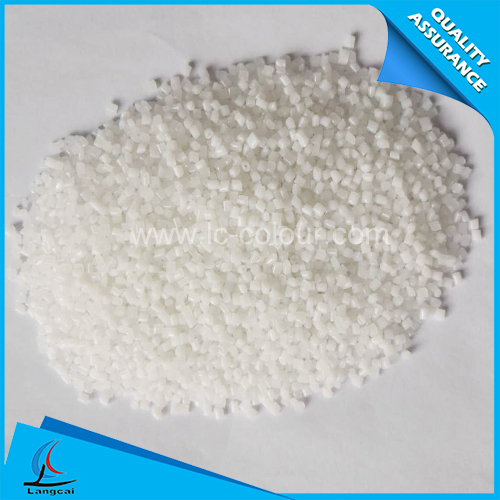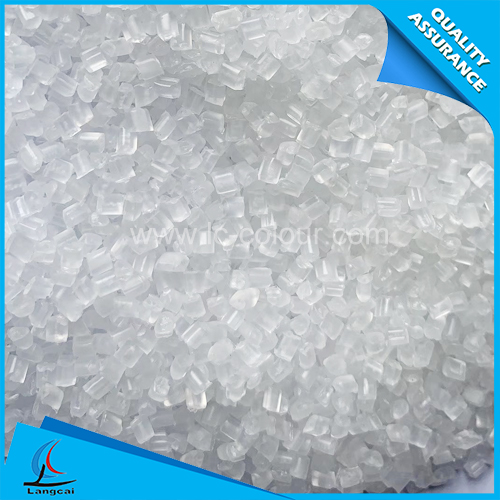- Nonwoven Fabrics
- Tailor Made Masterbatch
- Plastic Masterbatch
- Chemical Fiber Masterbatch
- Functional Masterbatch
- Machinery
- Spunbond PP Nonwoven Masterbatch
- Mono Color Masterbatch
- Liquid Color Masterbatch
- Non-woven Masterbatch
- Polyester Fiber Masterbatch
- Nylon Fiber Masterbatch
- Polypropylene Fiber Masterbatch
- Lab Nonwoven Machine
- Lab BCF Machine
- Dryer
- Filler Masterbatch
- How will the "balanced development of imports and exports" be promoted during the "15th Five-Year Plan" period?
- Why choose Mono Color Masterbatches?
- The opening ceremony of the 9th China Textile Intangible Cultural Heritage Conference was held in Chengdu
- What are the prominent advantages of Plastic Masterbatches?
- What pressure does the United States' promotion of US-India trade cooperation bring to China
- Explore the performance optimization and efficient coloring of Mono Color Masterbatches!
- Phone:00836 - +86-535-8484358
- Email:wendy@ytlc-colour.com
- Address:DALAN INDUSTRIAL PARK, ZHANGXING TOWN, ZHAOYUAN CITY, SHANDONG, CHINA
Many textile operators located in China Textile City are actively transforming, committed to the research and development of functional fabrics, and strive to meet the dual pursuit of textile customers for the appearance level and practicality of fabrics.
They said that the current market is not only favored by the high level of appearance of the fabric, but also values its practical functions such as breathability, mosquito repellent, quick drying, deodorization and efficient sun protection. This transformation boom not only led to the continued growth of orders, but also demonstrated the textile industry's keen insight into market trends.
At the same time, there are new developments in the international market. According to the U.S. Department of Commerce, U.S. apparel imports remained stable in the first half of 2024, with significant increases in imports to Cambodia and India and reductions in imports to Vietnam and Bangladesh.
Imports of cotton clothing recovered significantly, mainly due to lower unit prices, which reduced the cost of cotton. Imports of cotton garments from Sri Lanka increased by 22.4 percent, but increased by 3.8 percent.
In terms of cotton apparel imports, the competition between China, Bangladesh, Vietnam and India is more balanced. The unit price of all producing areas fell, the unit price of Sri Lanka fell by 16%, and the unit price of cotton clothing in Bangladesh fell by more than 10%, effectively promoting exports.
Similarly, a sharp drop in the unit price of chemical fiber clothing in China and Vietnam also boosted exports. In the first half of 2024, China's apparel exports to the United States benefited from a decline in unit prices, and U.S. apparel imports to China increased by 1.3% year-on-year, while apparel imports to other producing areas decreased by 0.3% year-on-year.
Despite the competitive pressure from other countries, China's textile industry still occupies a place in the global market with its strong production capacity and innovation ability.
Declaration: The content of this article is organized from the Internet, and the copyright belongs to the original author; If there is infringement, please inform in time and contact to delete.
- Why choose Mono Color Masterbatches?
- How will the "balanced development of imports and exports" be promoted during the "15th Fi
- What are the prominent advantages of Plastic Masterbatches?
- The opening ceremony of the 9th China Textile Intangible Cultural Heritage Conference was
- Explore the performance optimization and efficient coloring of Mono Color Masterbatches!
- What pressure does the United States' promotion of US-India trade cooperation bring to Chi
- How does Mono Color Masterbatch enhance the value of plastic products?
- The economic operation of China's industrial textile industry has remained generally stabl
- Unveiling the core components of Mono Color Masterbatches!
- The 2025 International Textile Innovation Conference will be held in Keqiao, Shaoxing on N


